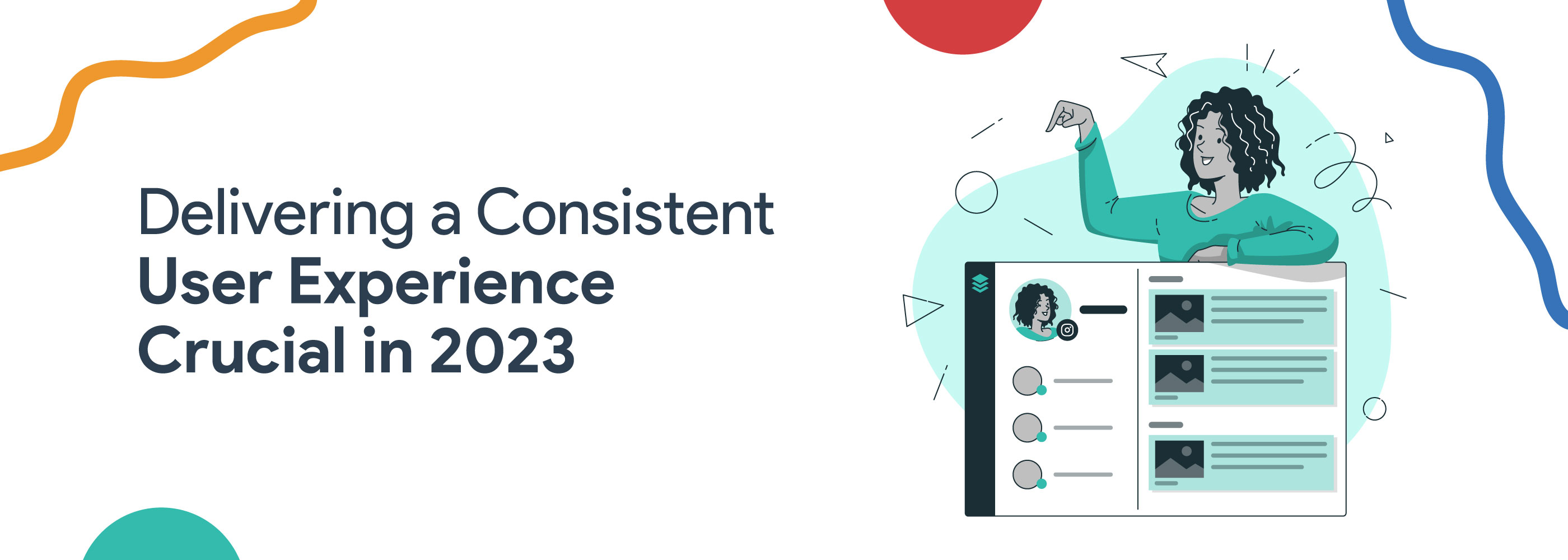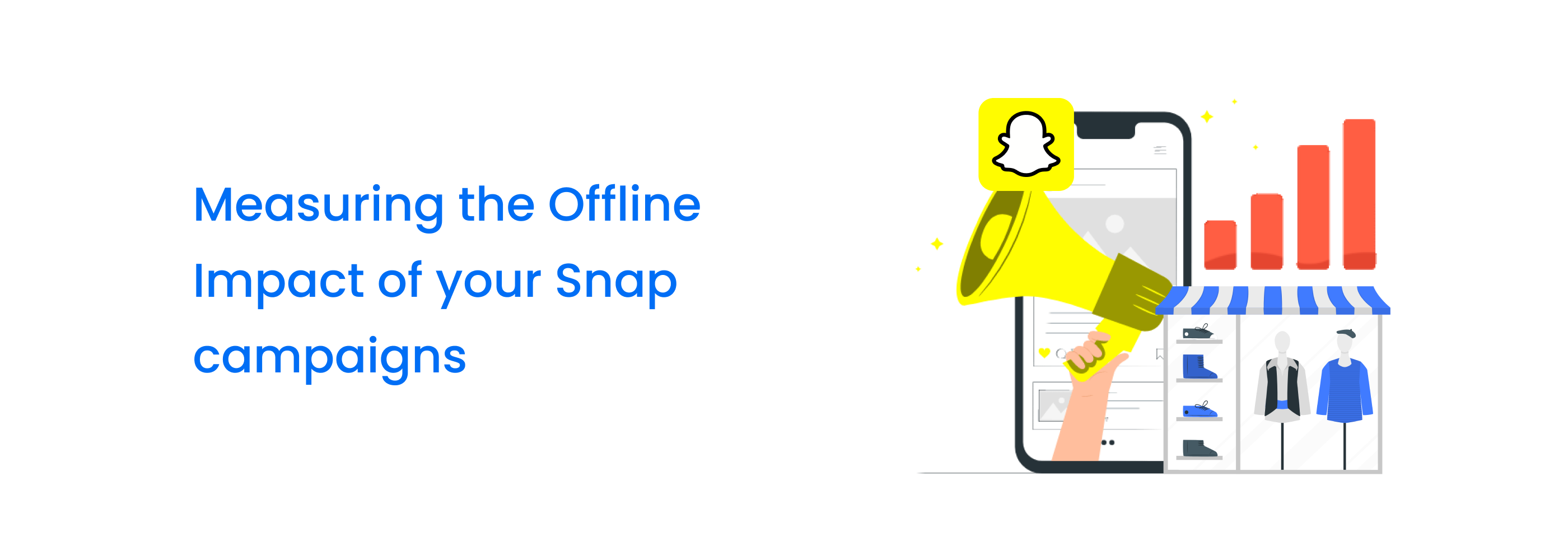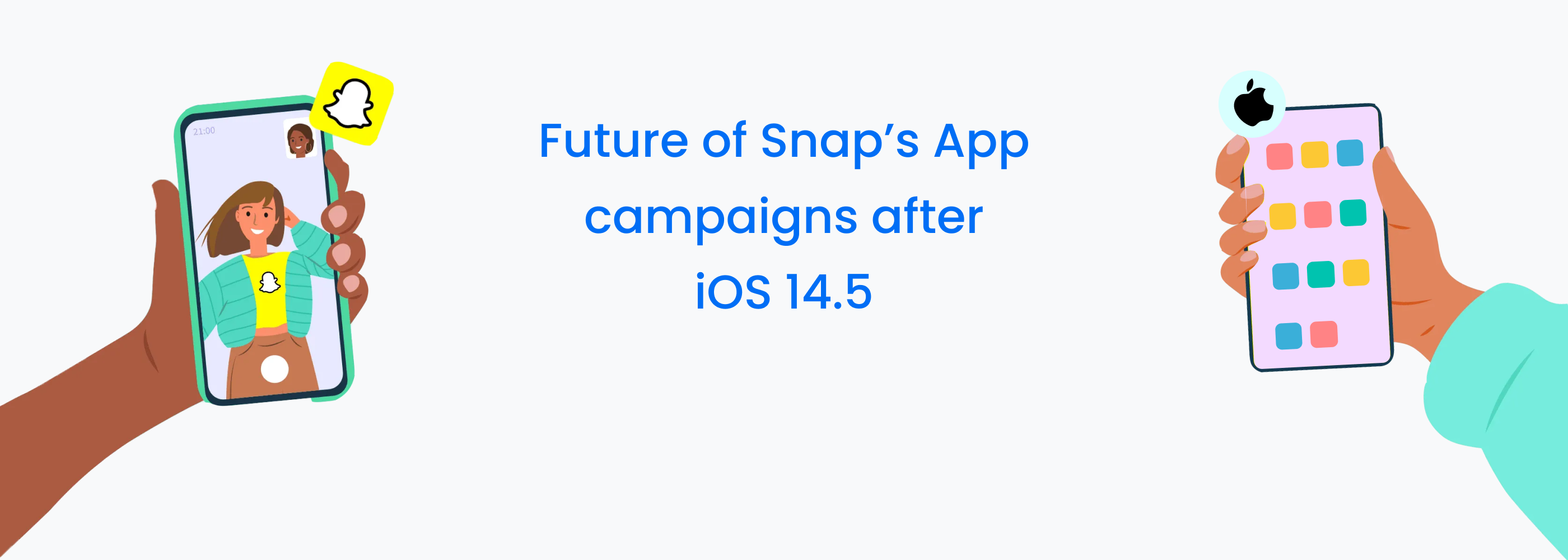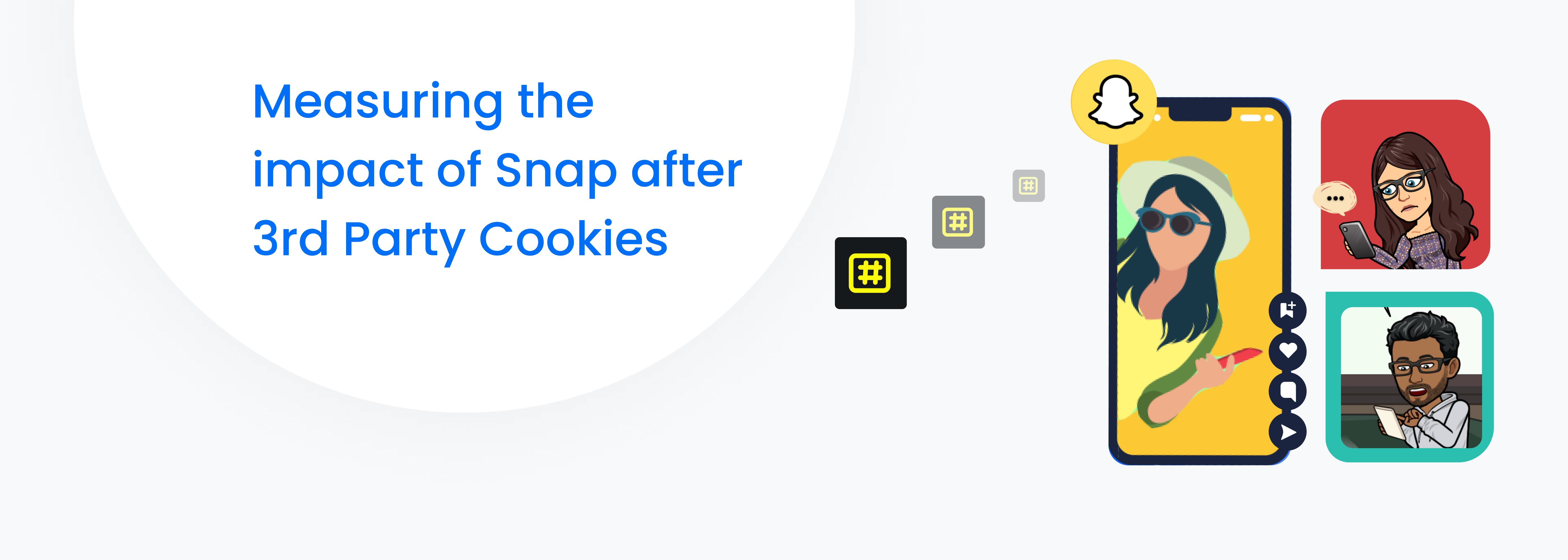Delivering a Consistent User Experience Crucial in 2023
Unlocking the potential for first-party data is key to maintaining a competitive edge and being able to deliver a consistent user experience.
Personalization of Web and Mobile Experiences

Personalization goes far beyond putting a consumer’s first name on a web page or in an email. First-party data includes what products a customer has already purchased from you, enabling you to provide related offers when they visit the website or highlight content related to using those products. For example, suppose a customer spends a lot of time watching videos on your website. In that case, you know they like video content, and you can highlight more video content on product pages or in the resource section of your website.
Advertising

With first-party data, you can deliver better-targeted Ads across all your advertising platforms. For example, you could pull a specific list of customers that bought a specific product and target them with a set of ads for accessories for that product. If you want to drive registrations for a product-related event, you can deliver targeted advertising to your customers who have purchased that product. Since you know your customers, their interests, and their past behaviour, you can offer hyper-relevant advertisements to a receptive audience.
Behavior Prediction

Predictive analytics enables you to analyze the activity of consumers and predict what they are most likely to do next (also known as next-best action). For example, by analyzing website traffic patterns, you learn that a consumer typically follows a particular path through the website, viewing certain pages and product information, and is therefore highly likely to buy a certain product. You can then surface content, products, and sales or specials specific to driving that desired behavior.
Audience Insights

Audience insights allow you to look at a group of consumers with similar traits and analyze their activity with your company, whether that’s content they consume, products they purchase, traffic patterns on the website, or something else. Audience insights also help you understand what content is working on your website, what features of a mobile application are most popular (or least popular), where shopping cart abandonment happens most often, and more. Use this information to improve experiences, delivering the information, capabilities, products, and services that your audience most wants.
The goal is always to understand the customer well enough to create the personalized experiences they have come to expect. It’s critical to be transparent and open about what data you are collecting and how you will use it, as well as give customers the ability to update that information where possible, or opt-out if they change their mind.
Optimizing Your First-Party Data Strategy

Your data is only as good as your data management strategy. You need to develop the right strategy to collect, store, manage, and share your first-party data across the company, so every department delivers consistent, relevant, and effective customer experiences.
The first step is to understand your requirements for customer experiences across the entire organization. Once you know what you want to do, you can figure out what types of data you need to implement those experiences. Next, you need a way to bring all your data together, so it can be validated, cleansed, standardized, and compiled to make it available to everyone who needs it.
Finally, it’s critical to continue to test and measure the impact of your overall strategy. This will never be a “set-it-and-forget it” situation. Your customers’ needs and interests will change, so you have to keep innovating. You will always need to think of new ways to collect and update data, stop collecting specific data, start collecting other types of data, integrate new source systems, and more.















